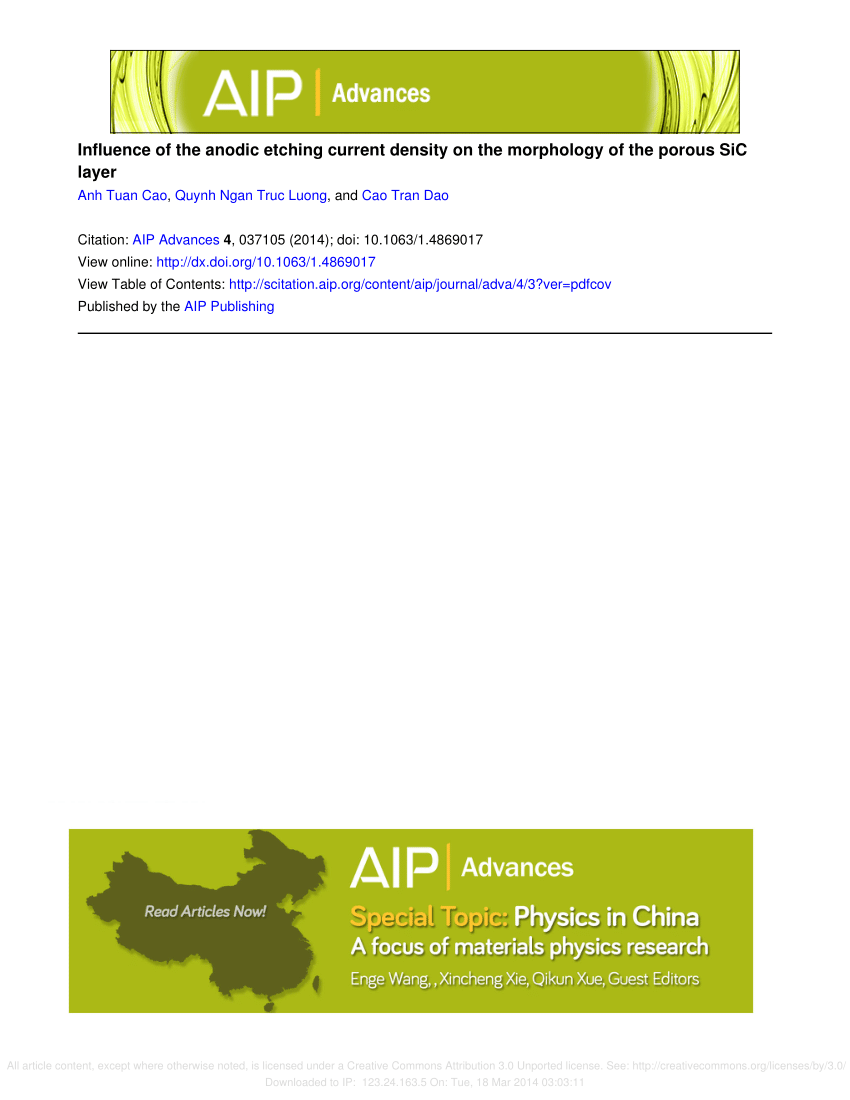捻平均耦合簇计算间隙能的高效方法:氧化锡的块体研究
IF 1.4
4区 物理与天体物理
Q4 MATERIALS SCIENCE, MULTIDISCIPLINARY
引用次数: 0
摘要
我们通过包括密度泛函理论(DFT)和耦合簇方法在内的原子序数计算研究了半导体氧化物 SnO2 的间隙能。在不同的函数中,我们评估了扭转平均法在减少有限尺寸误差方面的有效性。我们报告了在运动方程 (EOM) CCSD 计算中应用有限尺寸缩放以达到热力学极限时对间隙能的高估。为了减轻单体和多体误差,我们将扭转平均与后处理校正机制结合起来,利用混合函数比较有限尺寸和无限尺寸 DFT 计算。虽然受到 Kwee、Zhang 和 Krakauer 方法的启发,但我们的方法是专门为混合函数定制的,以便更准确地处理交换相关效应。我们的方法确保在无限系统的估计间隙中准确捕捉多体相互作用。我们引入了独特的单扭曲角,与 EOM-CCSD 计算中的全扭曲平均相比,它能提供经济高效的精确能量。将这种方法应用于二氧化锡,我们计算出的基本间隙为 3.46 eV,这与双光子光谱实验获得的 3.59 eV 间隙非常接近,证明了这种方法的准确性。本文章由计算机程序翻译,如有差异,请以英文原文为准。
Efficient method for twist-averaged coupled cluster calculation of gap energy: Bulk study of stannic oxide
We study the gap energy of the semiconducting oxide SnO2 through ab initio calculations including both density functional theory (DFT) and coupled cluster methods. The effectiveness of twist averaging in reducing finite-size errors is evaluated across different functionals. We report an overestimation of gap energy when applying finite-size scaling to reach the thermodynamic limit in equation-of-motion (EOM) CCSD calculations. To mitigate one-body and many-body errors, we integrate twist averaging with a post-processing correction mechanism that compares finite-size and infinite-size DFT calculations using hybrid functionals. While inspired by the Kwee, Zhang, and Krakauer approach, our method is specifically tailored to hybrid functionals for a more accurate treatment of exchange-correlation effects. Our approach ensures that the many-body interactions are accurately captured in the estimated gap for an infinite system. We introduce unique single twist angles that provide cost-effective and accurate energies compared to to full twist averaging in EOM-CCSD calculations. Applying this approach to SnO2, we calculate a fundamental gap of 3.46 eV, which closely matches the 3.59 eV gap obtained from two-photon spectroscopy experiments, demonstrating the accuracy of this method.
求助全文
通过发布文献求助,成功后即可免费获取论文全文。
去求助
来源期刊

AIP Advances
NANOSCIENCE & NANOTECHNOLOGY-MATERIALS SCIENCE, MULTIDISCIPLINARY
CiteScore
2.80
自引率
6.20%
发文量
1233
审稿时长
2-4 weeks
期刊介绍:
AIP Advances is an open access journal publishing in all areas of physical sciences—applied, theoretical, and experimental. All published articles are freely available to read, download, and share. The journal prides itself on the belief that all good science is important and relevant. Our inclusive scope and publication standards make it an essential outlet for scientists in the physical sciences.
AIP Advances is a community-based journal, with a fast production cycle. The quick publication process and open-access model allows us to quickly distribute new scientific concepts. Our Editors, assisted by peer review, determine whether a manuscript is technically correct and original. After publication, the readership evaluates whether a manuscript is timely, relevant, or significant.
 求助内容:
求助内容: 应助结果提醒方式:
应助结果提醒方式:


